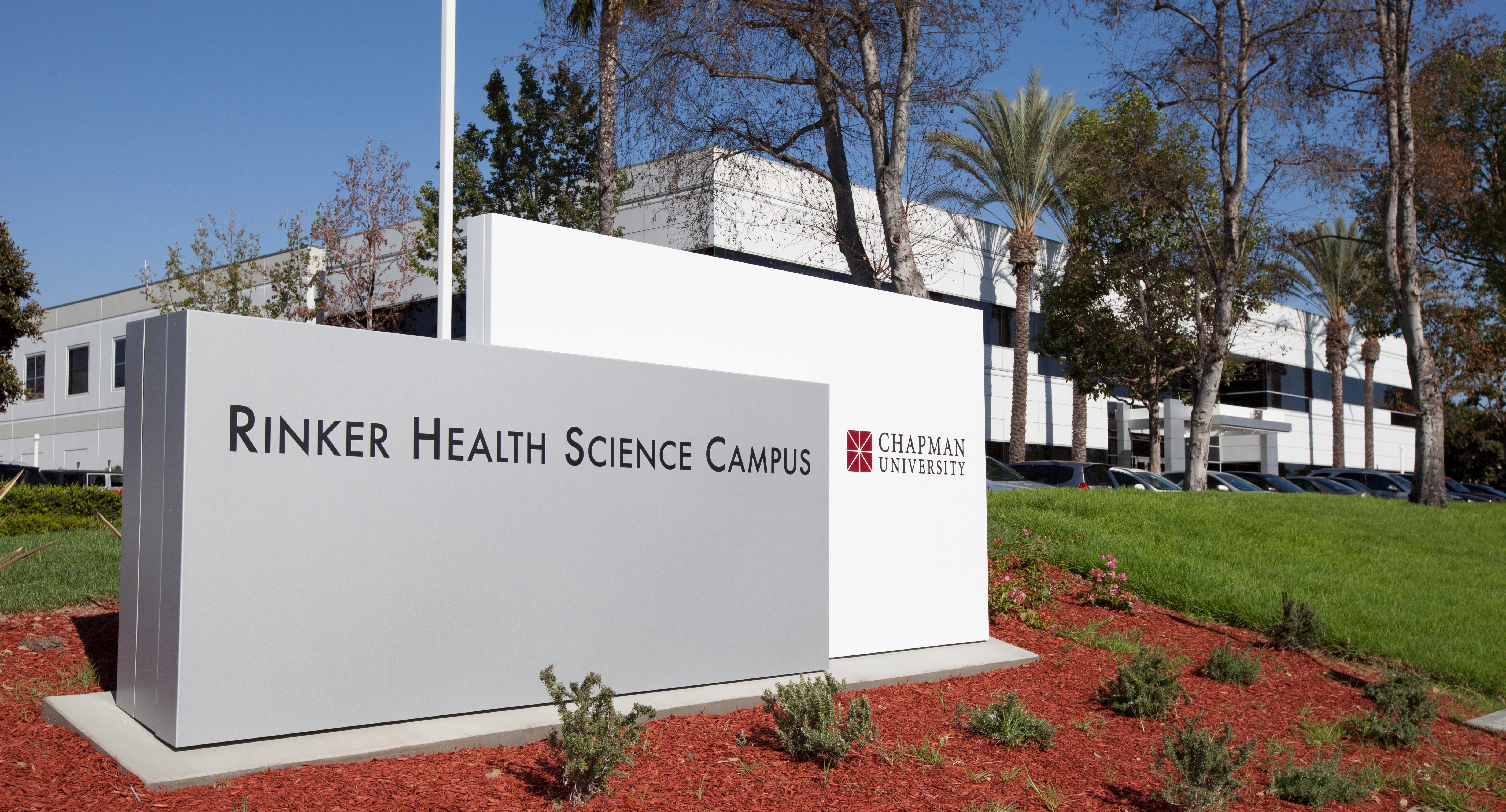Most human cells have antenna-like protrusions called primary cilia that sprout from cell surfaces. These microscopic structures efficiently sense mechano-biofluid flow and its contents across cell surfaces in single-cell organisms.
But when they are defective in mammals, organ function is adversely impacted, giving rise to several devastating genetic disorders, or ciliopathies. Among them is polycystic kidney disease, which affects some 500,000 people in the United States.

New research from scientists at Chapman University School of Pharmacy (CUSP) is offering valuable insights into the mechanical misfiring that may be connected to defective primary cilia. Ashraf Mohieldin, Ph.D., a research associate at the Chapman University School of Pharmacy and principal investigator of the study, led a team to examine and analyze the features of primary cilia’s excretions – called extracellular vesicles, or EVs. Their findings were published in The Journal of Extracellular Vesicles.
Key among those findings was the discovery of a new classification of ciliary EV, which has a biomarker and unique characteristics different from its counterparts (other EVs). Biomarkers may eventually lead to the development of diagnostic tests for related disease.
In addition, these discoveries confirm previous research by Mohieldin’s team and others that EV secretion from primary cilia plays a role in cardiovascular regulations, including blood pressure, cardiac arrhythmia, heart failure and hypertrophy. It turns out that cilia release EVs to communicate with surrounding cells and organs in the body. Lacking such a communication ability will interrupt various cellular processes resulting in ciliopathy disorder.
“These results will be important in advancing our understanding of human genetic diseases, and investigators will be able for the first time to selectively examine the pathogenesis associated with this newly classified ciliary EV,” Mohieldin said.
Moving forward, Mohieldin’s team will use a translational animal model to develop a comprehensive understanding of the ciliary EV physiological role in patients with ciliopathy disorders, utilizing the new multimodal animal platforms, the latest generation of ParaVision 6 software and a newly purchased Magnetic Resonance Imaging (MRI) technology that enables safe live animal studies and limits the numbers of animals used in this work.
Chapman has invested $2.5 million in purchasing the MRI. Together with a recent expanded vivarium facility, Chapman and the School of Pharmacy are positioned to provide additional breakthroughs in biomedical translation research.
The work was supported, in part, by funding from the National Institutes of Health, American Heart Association and Chapman. Collaborating were Scripps Research scientists James J. Moresco and John R. Yates, supported by the National Institute of General Medical Sciences.
The published findings can be read at the Wiley Online Library.



